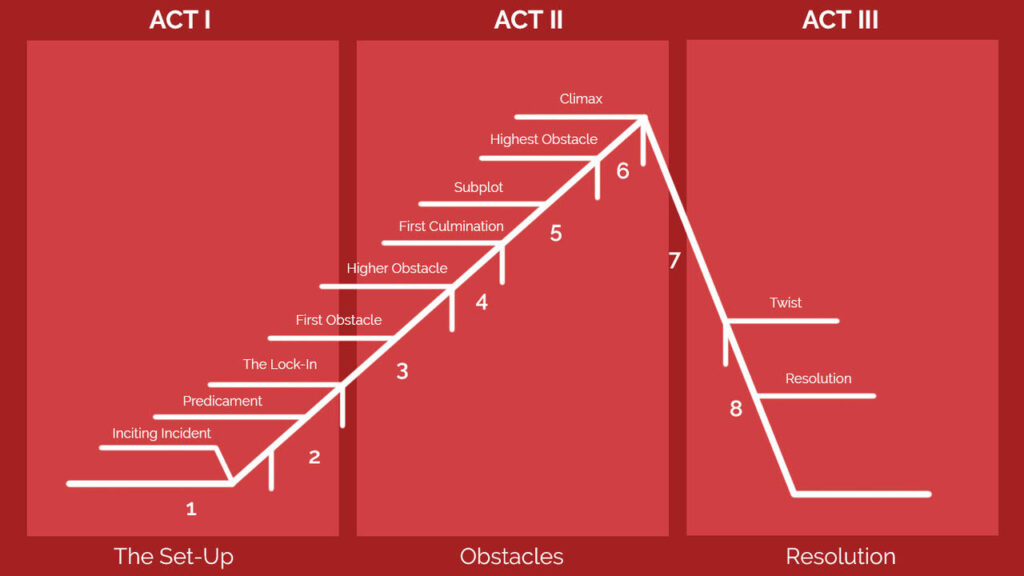Introduction Law is an essential part of human civilization. It provides structure, regulates behavior, and ensures justice in society. Without laws, there would be chaos and confusion. This article explores the concept of law in depth, covering its history, types, importance, enforcement, and evolving trends. Whether you’re a student, professional, or just curious, this guide will help you understand law in a simple and comprehensive manner. A to Z Breakdown of Law A – Administrative Law Administrative law governs the activities of government agencies. It ensures that public administration functions within the legal framework, maintaining accountability and efficiency. B – Business Law Also known as corporate law, business law regulates commercial transactions, company formation, contracts, and intellectual property rights. C – Constitutional Law Constitutional law defines the structure and powers of the government. It guarantees fundamental rights to citizens and ensures legal governance. D – Digital Law With the rise of technology, digital law regulates online activities, cybersecurity, data protection, and internet-based crimes. E – Environmental Law These laws protect the environment by regulating pollution, conservation, and the use of natural resources. F – Family Law Family law deals with matters like marriage, divorce, child custody, inheritance, and domestic violence. G – Government Regulations Governments create laws to regulate industries, healthcare, financial transactions, and other public sectors. H – Human Rights Law These laws ensure the protection of fundamental human rights such as freedom, equality, and dignity. I – International Law International law governs relations between nations, covering treaties, trade, war laws, and diplomacy. J – Judicial System The judiciary interprets and applies laws. Courts play a crucial role in resolving disputes and ensuring justice. K – Knowledge of Law Legal education and awareness are important for every citizen to understand their rights and obligations. L – Labor Law Labor laws regulate employment conditions, wages, workplace safety, and rights of employees and employers. M – Medical Law This covers healthcare regulations, patient rights, malpractice, and medical ethics. N – National Security Laws These laws protect a nation from threats like terrorism, espionage, and cyber-attacks. O – Ownership Laws Property and intellectual property laws define ownership rights over land, buildings, patents, copyrights, and trademarks. P – Public Law Public law deals with matters affecting society, including criminal, constitutional, and administrative laws. Q – Quick Legal Actions Legal procedures ensure swift action in emergencies, such as restraining orders and urgent court appeals. R – Rights and Responsibilities Every citizen has rights (e.g., free speech, privacy) and responsibilities (e.g., obeying laws, paying taxes). S – Statutory Laws Statutory laws are created by legislatures and enforced by government agencies. T – Tort Law Tort law addresses civil wrongs and provides remedies for harm caused by negligence or misconduct. U – Universal Justice Laws aim to provide justice that applies to everyone, regardless of race, gender, or social status. V – Victim Protection Laws protect victims of crimes and abuse, offering legal aid and compensation. W – Workplace Laws Workplace laws regulate employee rights, discrimination, harassment, and workplace safety. X – Xenophobia and Legal Protections Laws prevent discrimination against foreign nationals and protect immigrant rights. Y – Youth and Law Juvenile laws address crimes committed by minors and ensure their rehabilitation. Z – Zoning Laws Zoning laws control land use, ensuring residential, commercial, and industrial areas are regulated properly. Understanding the Basics of Law 1. What is Law? Law is a system of rules created by governments, institutions, or social customs to regulate human behavior. It helps maintain order, resolve disputes, and protect rights. 2. Importance of Law 3. Sources of Law 4. Types of Law 5. How Laws Are Enforced 6. Evolution of Law Law evolves to adapt to changing societal needs, including: 7. Challenges in Legal Systems Conclusion Law is the backbone of a civilized society, ensuring order, justice, and fairness. From personal rights to international treaties, laws govern every aspect of life. Understanding legal principles empowers individuals to protect their rights, fulfill their responsibilities, and contribute to a just society. As laws continue to evolve, they must adapt to technological advancements, social changes, and global challenges to remain effective.










